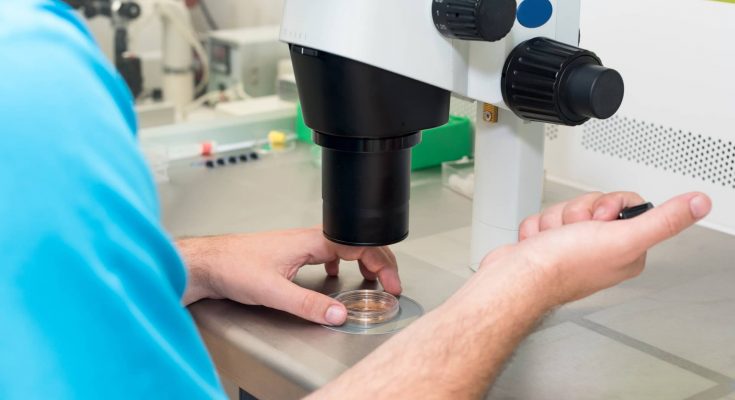Despite the high level of popularity of IVF, most people are not well informed about the intricacies and nuances of its implementation. One of the most pressing questions at the planning stage is how many embryos to implant during IVF. Despite some of the difficulties of carrying multiple pregnancies, a significant number of patients prefer to transfer two or more embryos, due to the fear of a lack of results from the transfer of one embryo. Let’s take a look at the criteria and nuances of choosing between a singleton pregnancy and a multiple pregnancy.
RISKS OF MULTIPLE PREGNANCIES
A single pregnancy is the physiological norm for humans. Carrying two or more children often involves a number of risks, as evidenced by numerous reviews by practitioners. The likelihood of premature birth in a multiple pregnancy is particularly high. In addition, the following complications are possible:
Pelvic or transverse presentation, which occurs in 50% of multiple pregnancies. The incorrect position of the fetus makes natural childbirth difficult or impossible. If it is, there is a high probability of birth trauma to the baby.
Increased risk of gestosis in the later stages of pregnancy. In most cases, this complication leads to placental abruption and fetal hypoxia.
If you are interested in cost of gestational surrogacy, we advise you USA-based company Delivering Dreams.
Transfusion syndrome. One of the common causes of spontaneous termination of a multiple pregnancy is transfusion syndrome. The pathology occurs against the background of a multiple pregnancy, when both fetuses have a single placenta, resulting in a hemodynamic imbalance.
Developmental abnormalities. If the number of embryos in IVF is two or more, there is a slight risk of intrauterine development abnormalities, which is caused by insufficient amounts of important microelements necessary for fetal formation.
If the question of how many embryos to implant during IVF is being decided, the overall health of the mother is taken into account. Carrying a multiple pregnancy is fraught with risk for the woman, as the body needs to withstand double loads. In some cases, pregnancy is accompanied by various complications, including anemia, gestosis, high blood pressure, pre-eclampsia.
THE PRACTICE OF IVF A FEW YEARS AGO
The question of how many embryos should be implanted during IVF has gained relevance relatively recently. Previously, there was no need to consider it as such. This approach was due to the lack of methods and techniques by which the viability and absence of abnormalities in the embryo could be determined.
A few years ago, when the IVF procedure was positioned as innovative, the practice of replanting several embryos was common. Sometimes their number was around 20. This approach was due to the high risk of more embryos dying. If all of them were fixed, the problems of carrying and delivery were solved on the fly.
Somewhat later, an alternative option emerged. When three or more embryos were fixed, a woman was offered a reduction procedure, the essence of which was the selective removal of several fetuses.
However, there were a number of risks:
- Damage or death of the remaining fetal egg;
- Infection of the maternal reproductive system organs;
- Damage to uterine tissues;
- increased risk of spontaneous abortion at an early stage of pregnancy.
In order to minimize the risks for the future mother and child, the question of how many embryos are implanted during IVF is decided before, not after, the procedure.




